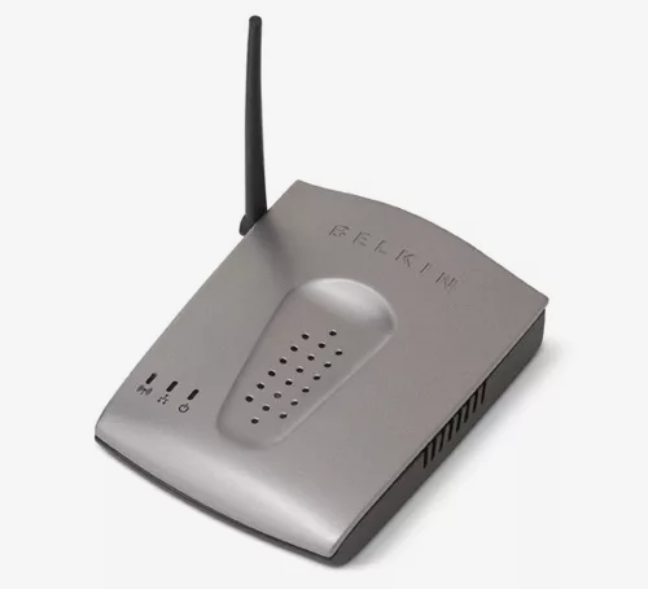Good topology uses only the number of shapes necessary for a project
As you learn to make 2D representations of 3D objects on the screen, think of 3D topology as the wireframe of an object. The wireframe, which is referred to in 3D software as the “mesh,” is made up of hundreds or thousands of simple geometric shapes. The term “topology” refers to the geometric surface characteristics of the mesh. Each geometric surface on the mesh is a “face.” The wireframe is the foundation of 3D modeling, which eventually results in three-dimensional digital animation.
Wireframe Characteristics of Good Topology
A wireframe contains many polygons, vertices (the point at which three or more edges meet), edges that are lines made up of two vertices, arcs, curves, and circles, all of which form faces in the wireframe design. In computer-generated 3D topology, the goal is to have sufficient detail in the wireframe while keeping the number of faces to the minimum necessary to accomplish the job. In areas where the 3D model is destined to bend or move, the number of polygons is usually increased to allow for movement without distortion. Elsewhere, fewer polygons are needed. This is an important concept when modeling for 3D animation. The increased polygonal faces in areas of a 3D model that will undergo the most deformation during animation such as joints, facial features, and moving parts are important for realistic motion.
3D modelers strive for clean topology, typically illustrated by a 3D mesh with efficient polygon distribution, proper placement of edge loops, and clean, precise creases that minimize stretching and distortion.
Beginner Tips on Topology and 3D Modeling




